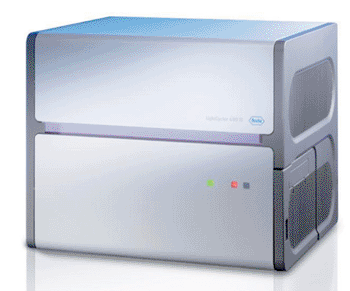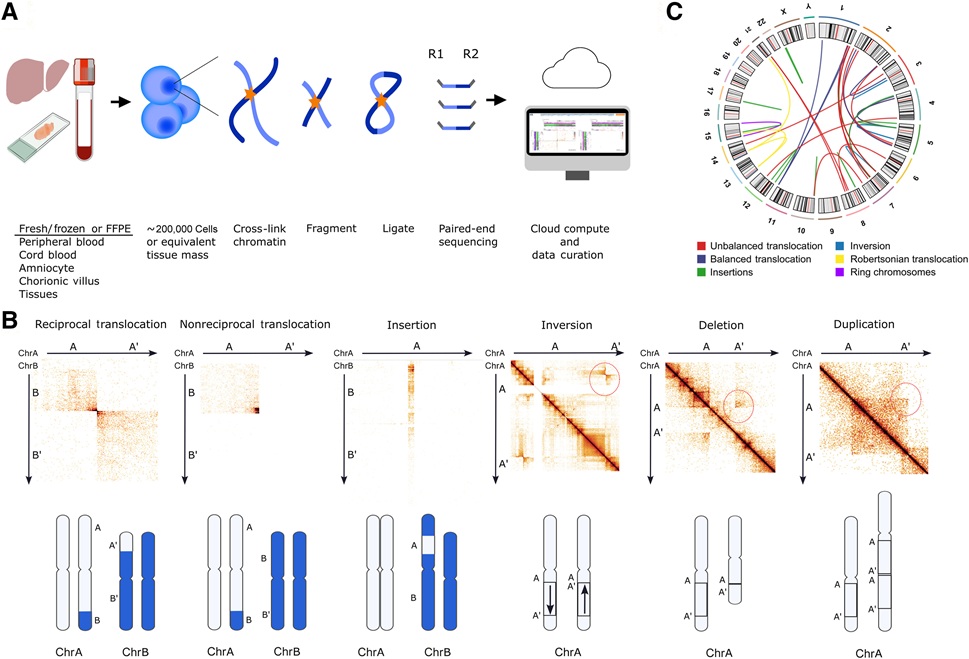Genetic Cause of Warburg Micro Syndrome Identified
By LabMedica International staff writers
Posted on 25 Nov 2013
A gene responsible for Warburg Micro syndrome, a rare genetic disease characterized by eye, brain, and endocrine abnormalities, has been identified by mutation screening.Posted on 25 Nov 2013
Patients with Warburg Micro syndrome are severely challenged physically and mentally, unable to learn how to walk or speak, and become blind and paralyzed from an early age.

Image: The LightCycler 480 Instrument for rapid high-throughput, plate-based real-time PCR amplification and detection (Photo courtesy of Roche Applied Science).
A collaborative team of scientists led by those at the Medical College of Wisconsin (Milwaukee, WI, USA) and the University of Edinburgh (UK) studied a cohort consisting of 77 individuals with a spectrum of Warburg micro syndrome (WARBM) disorders including 59 typical WARBM cases, five with the milder Martsolf syndrome, and 13 atypical cases. Some complementary studies were conducted in a murine model.
Mutation screening of the complete coding region of TBC1 Domain Family, Member 20 (TBC1D20), and three members of the RAS Oncogene Family RAB1A, RAB1B, and RAB2A was performed by direct sequence analysis in both directions by using genomic DNA extracted from venous blood. Real-time polymerase chain reaction (qPCR) analysis of genomic DNA from one individual was carried out on a LightCycler 480 (Roche Applied Science; Indianapolis, IN, USA) with primers designed to amplify coding regions of TBC1D20 as well as the 5′ and 3′ genes RanBP-Type and C3HC4-Type Zinc Finger Containing 1(RBCK1).
Clinical evaluation of individuals carrying pathogenic TBC1D20 mutations was sufficient to conclude that they cause a disease phenotype indistinguishable to that caused by mutations in genes encoding for Rab3 GTPase-activating protein catalytic subunit, RAB3GAP1, RAB3GAP2, or RAB18. The four genes do not comprise the full causative picture for Warburg Micro syndrome; in about half of the cases, the causing mutation was in none of those genes, which means there are additional novel genes contributing to the disease.
Duska J. Sidjanin, PhD, an associate professor of cell biology, neurobiology and anatomy and senior author of the study said, “These findings have implications not only for families affected with Warburg Micro syndrome, but also provide novel information about the genes and molecular pathways essential for human development that is relevant for more common developmental disorders such as epilepsy and autism.” The study was published on November 14, 2013, in the American Journal of Human Genetics.
Related Links:
Medical College of Wisconsin
University of Edinburgh
Roche Applied Science














